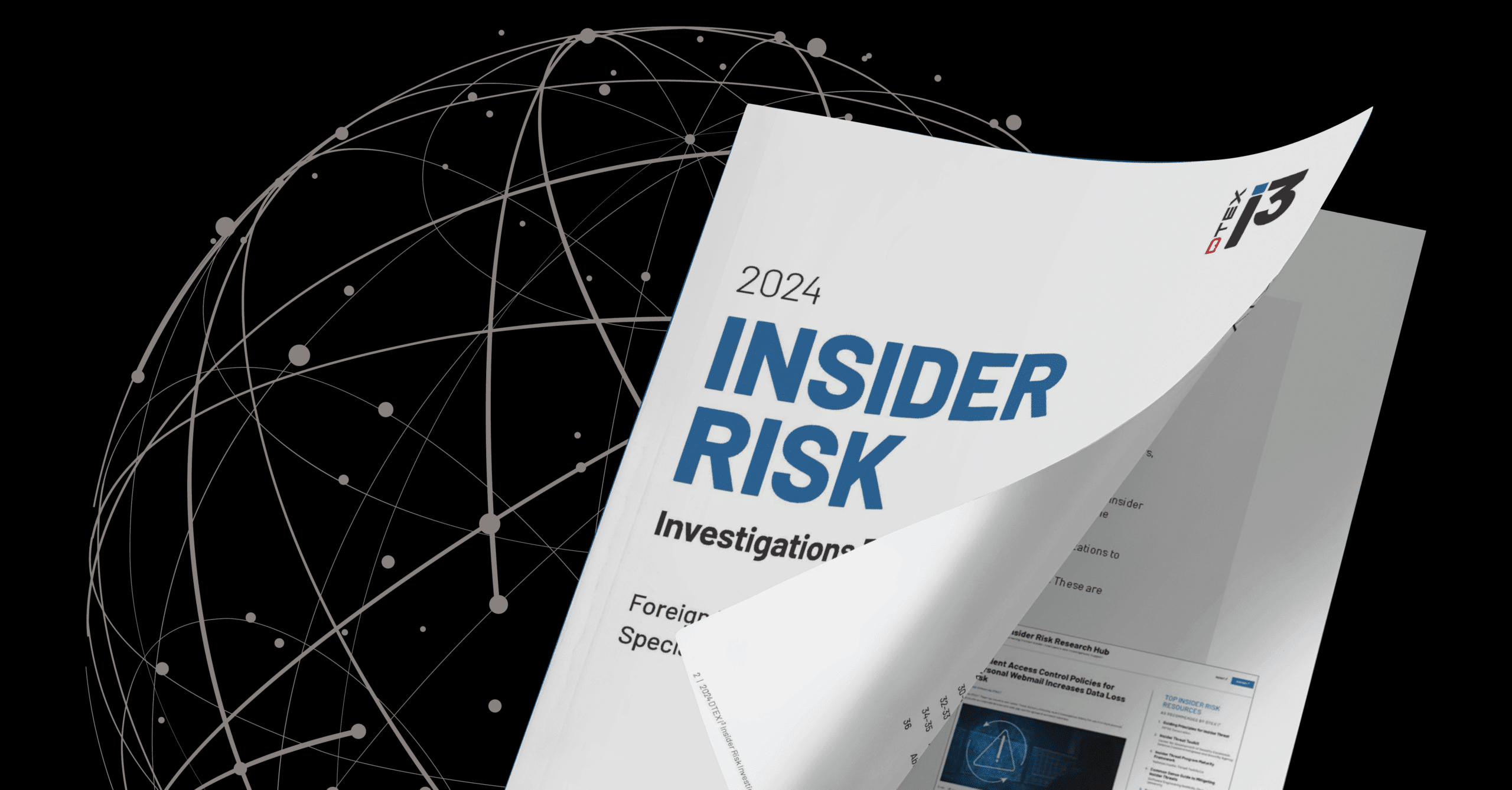
Protect valuable patient data
With so many breaches in healthcare because of insiders, protecting against insider threats requires solutions that discern legitimate use from malicious intent. With volumes of patient data accessed all the time, a careless mistake or a malicious insider can wreak havoc. DTEX provides visibility to all actions taken by all users, even privileged users like system administrators. It simplifies compliance with HIPAA, PIPEDA, and GDPR by maintaining evidentiary quality forensic logs of all actions taken on all data.

Protect data and user privacy
DTEX protects against insider threats while protecting user privacy. Raw data fields, including username, email, IP address, domain name and device name, are tokenized with DTEX patented Pseudonymization. When evidence indicates a threat, select privileged DTEX users can de-anonymize user identities for investigations.

Identify and maintain evidence with forensics that stand up
Healthcare organizations benefit from always-on auditing for rapid, evidence-based forensic investigations which have led to successful prosecution of bad actors across international jurisdictions. DTEX is built to identify sensitive data and protect against leaks by providing real-time detection, visibility and a full audit trail.
Critical featuresfor healthcare professionals
Simplify the security stack and gain the visibility needed to stop data leaks.
Dynamic Risk Scores
Analyze and baseline user behavior by role, department and geography and creates dynamic risk scores to accurately identify deviations.
Complete Data File Lineage
Full history of every file – in use, in motion, and at rest – on and off network to understand all content usage and modifications.
Inferred File Sensitivity & Classification
Data sensitivity algorithms apply classification labels and address content creator behavior to reinforce data labeling.
GenAI Tool Use
HTTP inspection capabilities detect interactions with generative AI chat sites to stop unauthorized sharing of sensitive information.
AI-driven Investigations
Guided investigations answer questions about who is risky and most importantly, why. This is key because the ‘why’ helps determine an appropriate response.
One-click Reporting
Insight into business risk with executive and analyst reports that include recommendations to avoid data loss events. Technical detail is summarized graphically for easy understanding, key take aways, and immediate action.
Privacy Guidance for Multinational Organizations
Insider Risk Management (IRM) and the monitoring of employee activities in the workplace is now recognized as a core security requirement for many multinational organizations

Interested in Learning More?
Subscribe today to stay informed and get regular updates from DTEX













